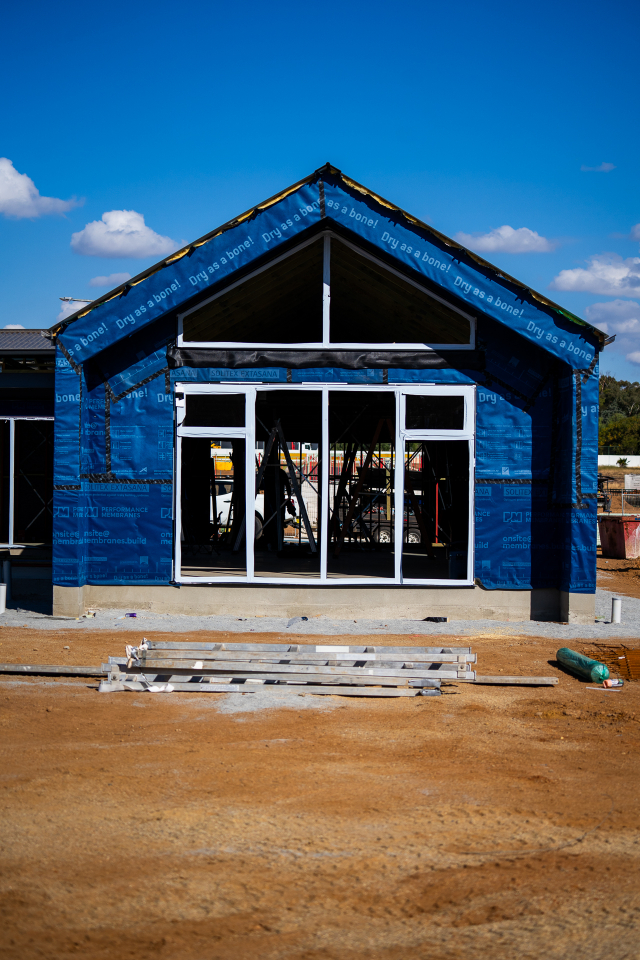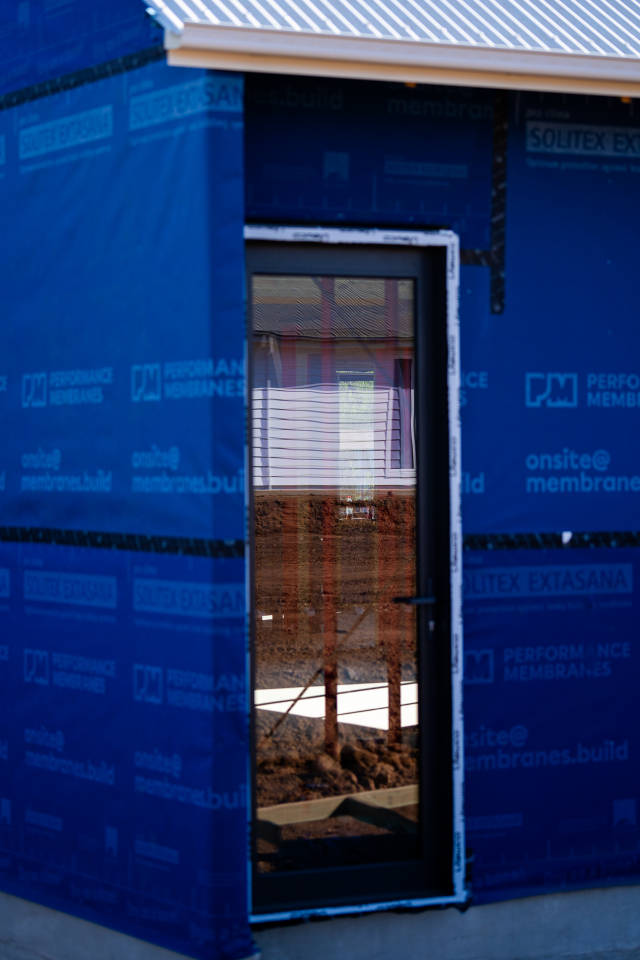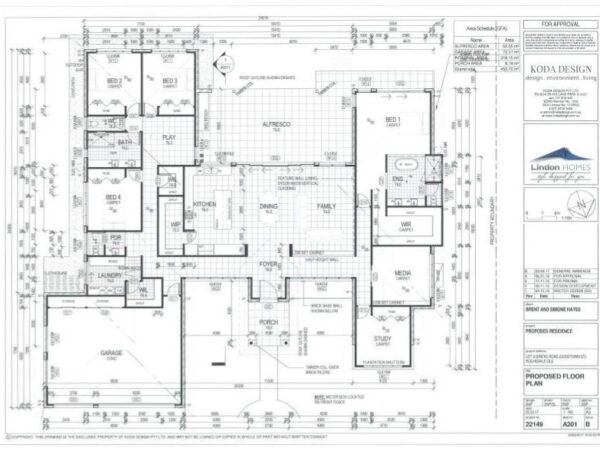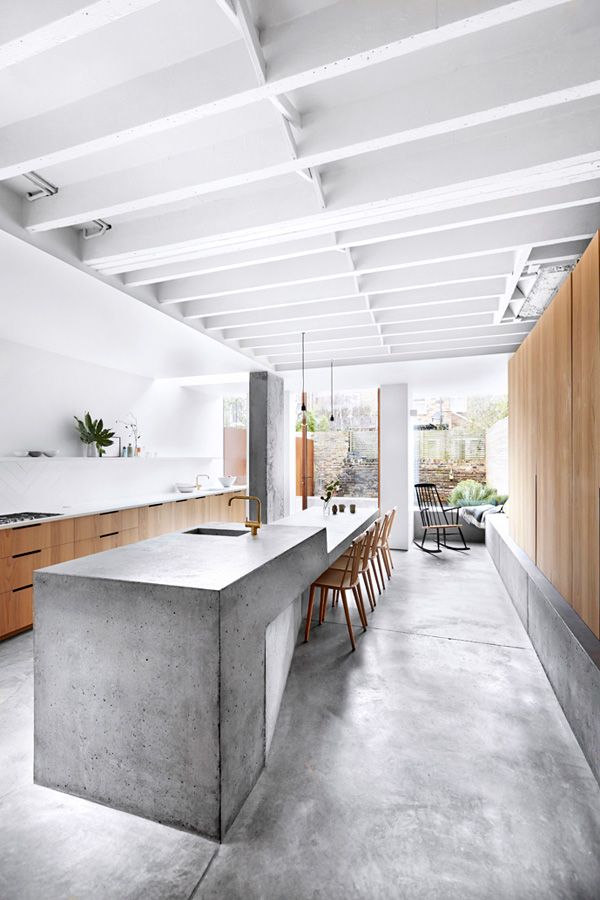As part of building our 8-star energy-rated home in Wagga Wagga, one of the key decisions I made early on was to install double glazed windows. They’ve just gone in, and although we’re not living in the house yet, I can already see what a difference they’ll make. The comfort, the savings, the quality – …
As part of building our 8-star energy-rated home in Wagga Wagga, one of the key decisions I made early on was to install double glazed windows. They’ve just gone in, and although we’re not living in the house yet, I can already see what a difference they’ll make. The comfort, the savings, the quality – I can’t wait to experience the benefits once we move in.
Why Double Glazed with Low-E?
Double glazing means two panes of glass with a sealed gap in between, which acts as insulation. It reduces the transfer of heat in and out of the home – keeping the warmth in during winter and the heat out in summer.
Low-e (low-emissivity) glass has a special coating that reflects infrared heat. In winter, it helps keep heat inside the house. In summer, it reduces the amount of solar heat that enters. It also helps block harmful UV rays, which can damage floors and furniture.
Together, double glazing and low-e glass create a powerful combo that improves thermal performance without the need for mechanical heating or cooling to do all the work. It’s a perfect match for passive design and high-performance homes.






The Benefits I’m Looking Forward To
We haven’t moved in yet, but I already know these windows will bring long-term comfort and savings. Here’s what we’re expecting:
- Stable indoor temperatures, with less need for air con or heating
- Lower energy bills, thanks to reduced energy demand
- Improved acoustic insulation, for a quieter home
- Condensation control, helping avoid moisture build-up
- Protection from UV, preserving furniture and finishes
- Abundant natural light, without the thermal compromise
Why Not Triple Glazing?
Triple glazing is often seen as the “next step up,” but it’s not always the best fit. We looked into it, but here’s why we didn’t go that route:
- It’s best suited to cold climates where winters are harsh and long
- It adds extra cost and weight, which means heavier frames and higher install costs
- It can reduce solar heat gain, which we actually want during winter in a passive solar home
- For our location and carefully considered home design, it was overkill
In short, we didn’t need triple glazing to achieve our energy goals. The right combination of orientation, shading, insulation, and double glazed low-e glass gave us everything we needed.
Final Thoughts
Building an energy-efficient home is all about thoughtful, balanced design. It’s not about throwing the most high-tech or expensive options at the build – it’s about choosing the materials and systems that work together to support comfort, performance, and long-term liveability.
Double glazed low-e windows were a key part of that decision for us. They’re already in, and I can’t wait to feel the difference once we move in.
These have been locally made and installed in Wagga by Viewco – so great to work with a regional supplier who understands exactly what’s needed for our climate and performance goals.
Be the first to read my stories
Get Inspired by the World of Interior Design
Thank you for subscribing to the newsletter.
Oops. Something went wrong. Please try again later.





